Automotive Services at Tire Choice Auto Service Centers
You'll find reliable auto repair, services and name brand tires at your nearby Tire Choice Auto Service Centers at 6852 N. University Drive, Tamarac, Florida. We have thousands of tires in stock and ready to install, and offer a wide range of services for your car, truck or SUV, including oil changes, tire repair and replacement, flat tire services, wheel alignments, brake services and more. Save $100 on Yokohama tires. Buy 3 get 1 free on Goodyear tires. Free WiFi while you wait. Open 7 days a week and as late as 7pm on weekdays. Schedule an appointment and Visit us Today!
view all services
General Maintenance
Wiper Blades
$11. 99/Blade
while supplies last
Auto Maintenance
FREE*
Courtesy Inspection
Free Alignment Check, Free TPMS Light Check, Free Tire Inspection
Auto Maintenance
FREE*
ALIGNMENT CHECK
HELPS EXTEND THE LIFE OF YOUR VEHICLE
General Maintenance
Wiper Blades
$11.99/Blade
while supplies last
Auto Maintenance
FREE*
Courtesy Inspection
Free Alignment Check, Free TPMS Light Check, Free Tire Inspection
Auto Maintenance
FREE*
ALIGNMENT CHECK
HELPS EXTEND THE LIFE OF YOUR VEHICLE
Bring your car to Tire Choice Auto Service Centers in Tamarac, FL and save up to 50% over the dealer on maintenance services! We’ll pull up your manufacturer’s service schedule, inspect the necessary components for the current mileage, and perform any required maintenance tasks. Ask for a free print out.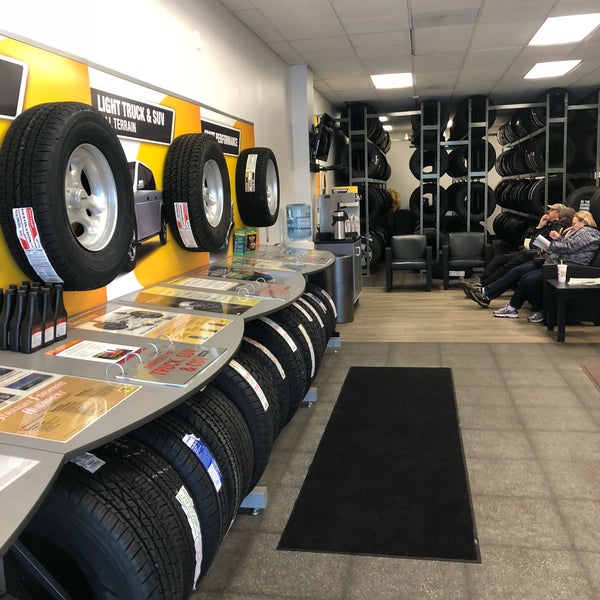 From oil changes, to brakes, to wiper blades, Tire Choice Auto Service Centers' technicians will keep your vehicle running smoothly and under warranty.
From oil changes, to brakes, to wiper blades, Tire Choice Auto Service Centers' technicians will keep your vehicle running smoothly and under warranty.
Maintenance Services
Bring your car to Tire Choice Auto Service Centers in Tamarac, FL and save up to 50% over the dealer on maintenance services! We’ll pull up your manufacturer’s service schedule, inspect the necessary components for the current mileage, and perform any required maintenance tasks. Ask for a free print out. From oil changes, to brakes, to wiper blades, Tire Choice Auto Service Centers' technicians will keep your vehicle running smoothly and under warranty.
Tire Choice Auto Service Centers in Tamarac, FL performs the same maintenance work and repairs as your dealer service department, but at a cost up to 50% less. Start saving today by bringing your vehicle to Tire Choice Auto Service Centers for all of your vehicle service and repair needs! We provide a free written estimate and perform only the work you authorize, guaranteed in writing.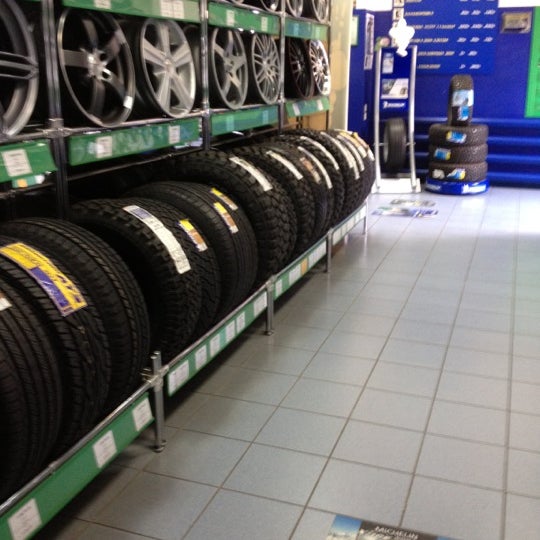 All parts and services are covered by a minimum three-month/4,000-mile warranty. Our Price Matching Policy—we’ll beat any competitor’s advertised price or written quote by 5%—ensures you never pay too much for your repairs.
All parts and services are covered by a minimum three-month/4,000-mile warranty. Our Price Matching Policy—we’ll beat any competitor’s advertised price or written quote by 5%—ensures you never pay too much for your repairs.
Repair Services
Tire Choice Auto Service Centers in Tamarac, FL performs the same maintenance work and repairs as your dealer service department, but at a cost up to 50% less. Start saving today by bringing your vehicle to Tire Choice Auto Service Centers for all of your vehicle service and repair needs! We provide a free written estimate and perform only the work you authorize, guaranteed in writing. All parts and services are covered by a minimum three-month/4,000-mile warranty. Our Price Matching Policy—we’ll beat any competitor’s advertised price or written quote by 5%—ensures you never pay too much for your repairs.
Tire Choice Auto Service Centers is the nation’s fourth largest independent tire dealer. Our Guaranteed Lowest Total Price includes free mounting, a free 17-point inspection, a free air pressure check, a free alignment check, free lifetime rotations, and our 30-day Best Price and Ride Guarantees.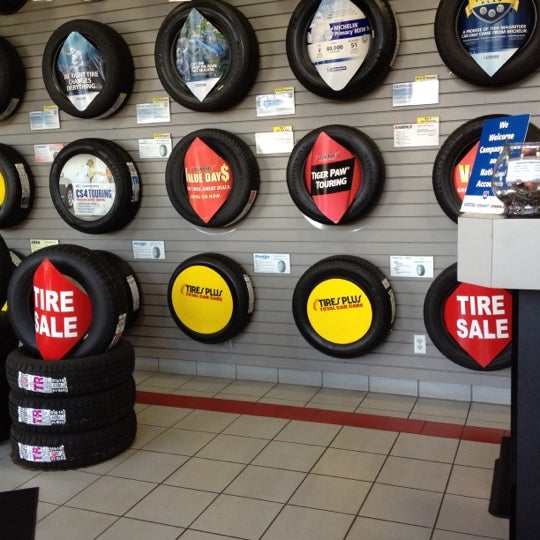 This makes it easy for you to compare tire deals and buy your tires. We carry thousands of passenger, light truck, performance, and seasonal tires... in stock and ready to install at your convenience.
This makes it easy for you to compare tire deals and buy your tires. We carry thousands of passenger, light truck, performance, and seasonal tires... in stock and ready to install at your convenience.
Tire Services
Tire Choice Auto Service Centers is the nation’s fourth largest independent tire dealer. Our Guaranteed Lowest Total Price includes free mounting, a free 17-point inspection, a free air pressure check, a free alignment check, free lifetime rotations, and our 30-day Best Price and Ride Guarantees. This makes it easy for you to compare tire deals and buy your tires. We carry thousands of passenger, light truck, performance, and seasonal tires... in stock and ready to install at your convenience.
Tire Choice Auto Service Centers in Tamarac, FL provides scheduled maintenance on your vehicle for routine and preventative vehicle care. When you come in, we’ll pull up your car’s maintenance check list for your specific model and inspect the necessary components for your vehicles current mileage.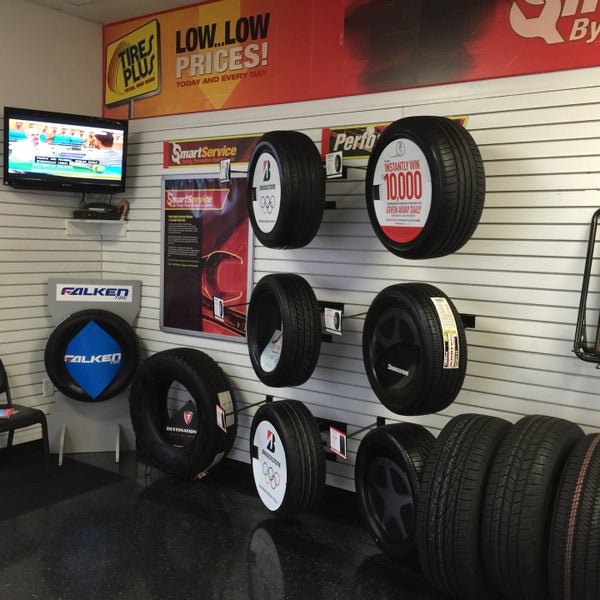 Factory scheduled maintenance provides a good opportunity to make sure your car is performing correctly and help prevent costly future repairs. Plus Tire Choice Auto Service Centers will save you up to 50% over the dealer!
Factory scheduled maintenance provides a good opportunity to make sure your car is performing correctly and help prevent costly future repairs. Plus Tire Choice Auto Service Centers will save you up to 50% over the dealer!
Auto Brands We Maintain and Service
Tire Choice Auto Service Centers in Tamarac, FL provides scheduled maintenance on your vehicle for routine and preventative vehicle care. When you come in, we’ll pull up your car’s maintenance check list for your specific model and inspect the necessary components for your vehicles current mileage. Factory scheduled maintenance provides a good opportunity to make sure your car is performing correctly and help prevent costly future repairs. Plus Tire Choice Auto Service Centers will save you up to 50% over the dealer!
8090 Wiles Road
Coral Springs, FL 33067
4620 Coral Ridge Dr.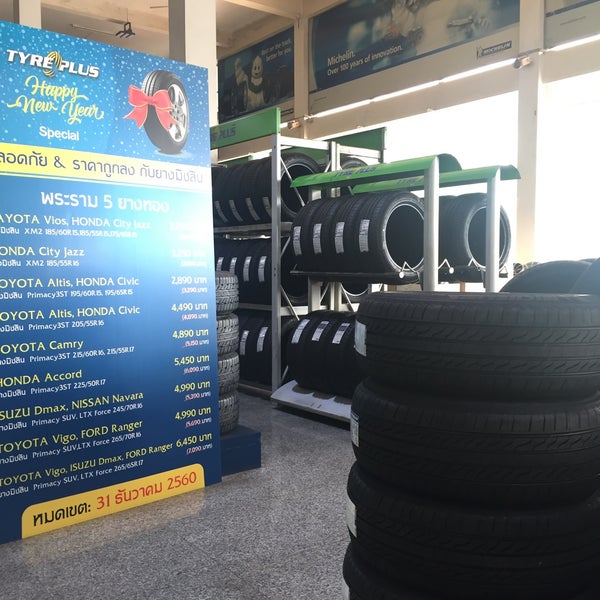
Coral Springs, FL 33076
1124 S.W. 101 Road
Davie, FL 33324
LATEST REVIEWS
VIEW ALL
11/11/22 by Chriskacz Kacz
All around excellent service! Will definitely be returning! The good things are worth waiting for and this is one of them new tires with perfect alignment first try 🙂
10/25/22 by Robyn W
The reviews are fake. They tell you to just come in and that there is no wait but once you get there they make up any old story to get you to wait their ridiculous 2-3 hour wait times.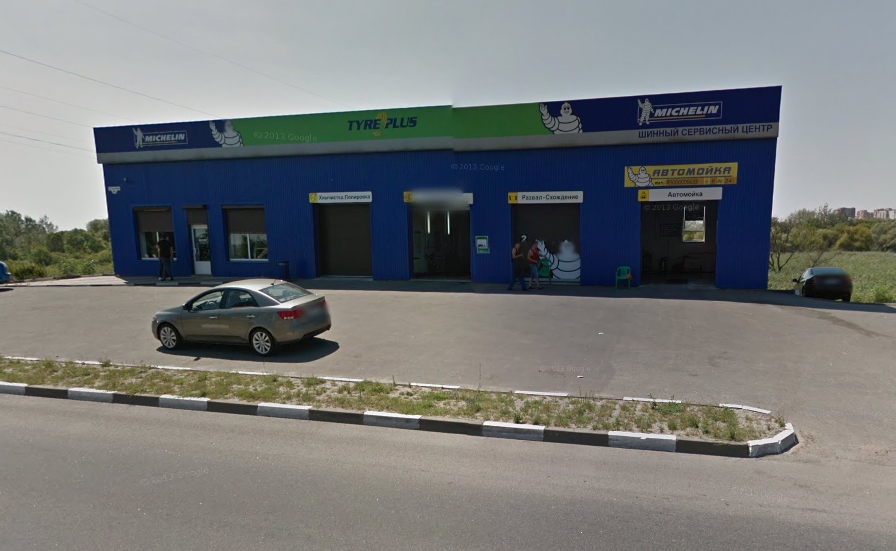 Changing a tire doesn't take long and this place has the audacity to ask someone to wait for 3 and a half hours just to get 2 tires changed. ???????????? Dishonest business ran by dishonest people.
Changing a tire doesn't take long and this place has the audacity to ask someone to wait for 3 and a half hours just to get 2 tires changed. ???????????? Dishonest business ran by dishonest people.
Hours street map for all businesses nearby.
Tires Plus is currently Open.
As of: 12:42 pm (EST) Thu Nov 24, 2022.
Mon 7:00am - 7:00pm
Tue 7:00am - 7:00pm
Wed 7:00am - 7:00pm
Thu 7:00am - 7:00pm
Fri 7:00am - 7:00pm
Sat 7:00am - 6:00pm
Sun 8:00am - 5:00pm
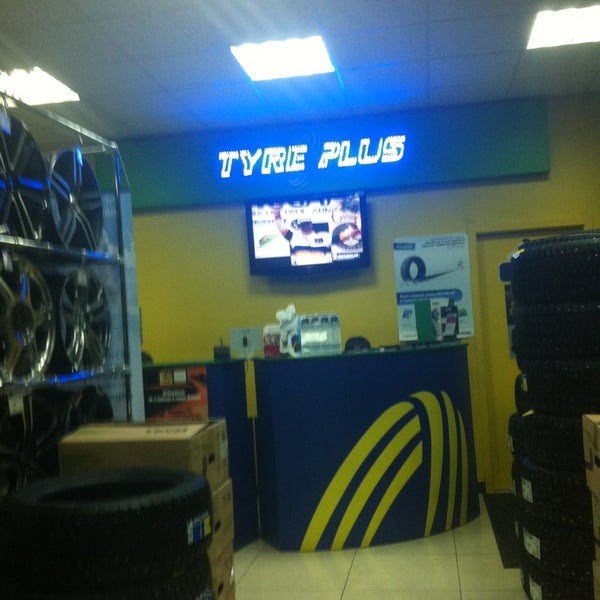 7 miles
7 miles
5880 University Blvd W
Jacksonville, FL 32216Driving Directions
Phone: (904)701-7892(904)701-7892 Maps & Directions
http://local.tiresplus.com/flori...
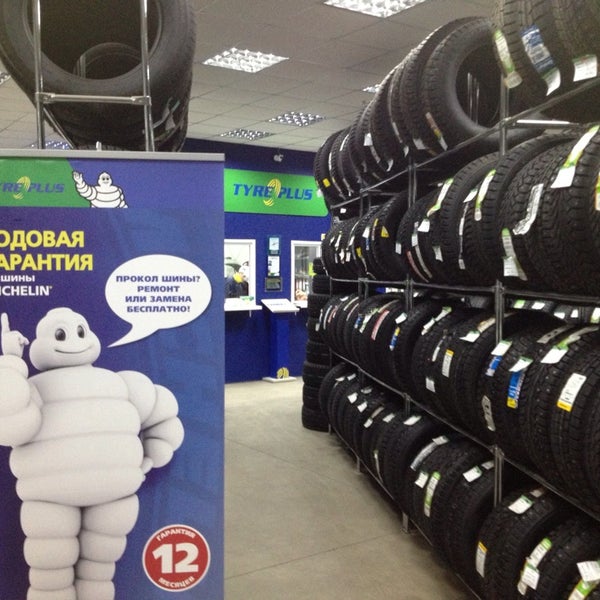 1 miles
1 milesTires Plus was launched in 1976 by two Shell Oil colleagues — Tom Gegax and Don Gullett — with three old Shell service stations in the Burnsville, Minnesota area. Their idea was to redefine an industry. Today, with headquarters in Clearwater, Florida, Tires Plus Total Car Care attributes its success to defying the old stereotypes of the automotive industry.
Walk into a Tire Plus store and you immediately notice the brightly lit, colorfully merchandised showroom. You’re greeted by a clean, well–dressed, well–trained service professional. With the philosophy "We won’t sell you tires, we help you buy them," you can be confident that tires and services will never be recommended if they are not needed. This straightforward, honest approach is the basis of Tires Plus success and has helped make us part of the largest tire retailing group in the country.
At Tires Plus Total Car Care, customer satisfaction is simply not good enough; guest enthusiasm must be our goal. We believe a customer who leaves satisfied will come back, but a guest who leaves enthused may tell everyone they know. That’s why Tires Plus not only requires that guests be treated courteously, but also guarantees the lowest price on every tire sold.
We know it sounds good, but our pursuit of guest enthusiasm demands much more. Guests’ vehicles are serviced in about an hour, which is barely enough time to take advantage of waiting room amenities, such as reading a magazine, watching TV, enjoying a cup of coffee or browsing our displays.
With over 5,000 employees in 500 stores across 23 states, Tires Plus Total Car Care is a company in the fast lane.
Our combination of an aggressive growth plan, a sensitive and caring business mission, and a community giving program — including recipients such as Meals on Wheels Association of America and Pediatric Cancer Foundation, as well other local organizations — and you get the entire picture of what Tires Plus is all about.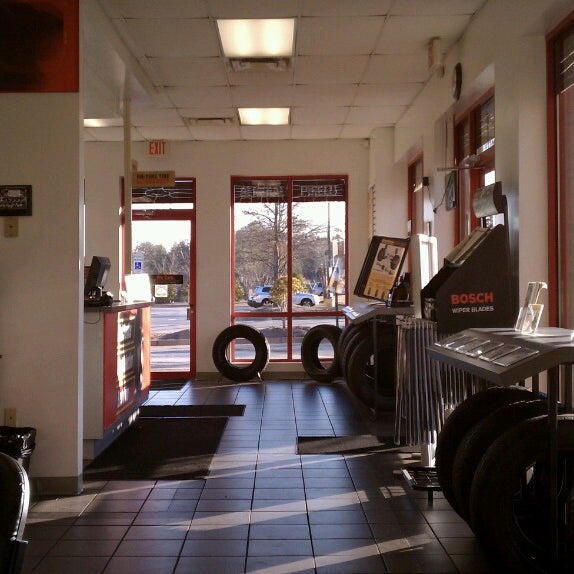
Tires Plus is truly, Like No Other Store.
... more
During operation of the car, the tires mounted on its wheels roll under load. In this case, the tires are heated . The features of this process are described in this article by scientists from the Volgograd State Technical University and the Makhachkala branch of MADI.
Tire heating features
Tire heating during rolling occurs mainly as a result of friction in the tire materials, since frictional losses between air particles in the tire are negligible. Mechanical and molecular friction between the structural elements of the tire is converted into thermal energy, and friction on the road surface is also converted into heat and tread wear .
The temperature at a given point on the tire is advantageously determined on the basis of a balance between the amount of heat generated at that point in each unit of time and the ability to remove that heat.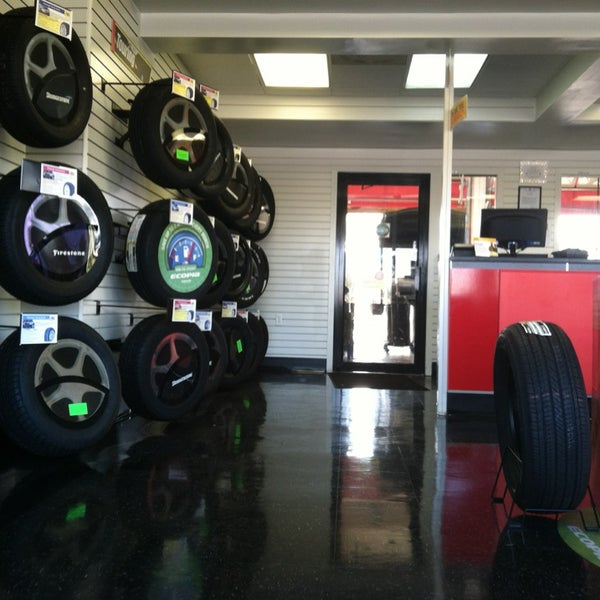
If you divide the tire into sectors - slightly larger than the sector covering the contact patch of the tire with the road, you can see that heat is generated in each sector of the tire. This occurs cyclically only in a short period of time when the sector approaches and passes the contact patch with the road. Each sector then cools down, transferring heat to the surrounding air until it approaches the contact patch with the road again.
Areas of the tire profile where the rubber is thicker and the deformation is greater generate more heat. The temperature at a given point on the tire is also affected by heat generation at adjacent points. Therefore, during operation, the tire has a different temperature at each point of its profile. At the beginning of the wheel movement, the released heat goes to heat the tire body and is partially dissipated in the environment. As you drive further, the temperature of the tire rises and heat is redistributed between different areas of the tire profile.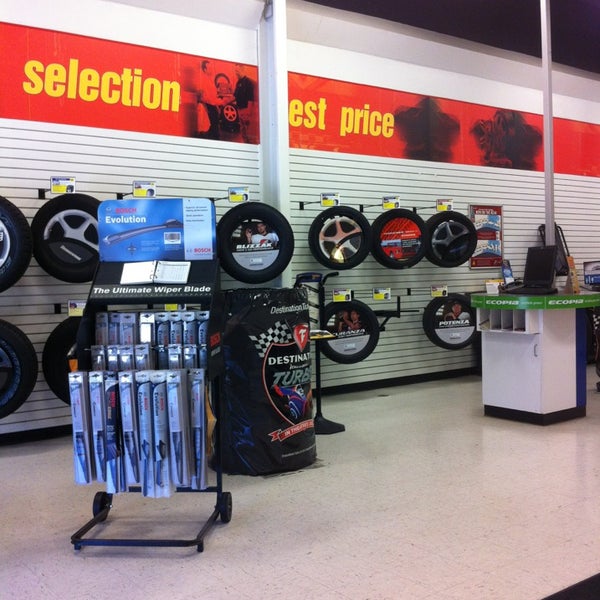
How to calculate the amount of heat when a tire is heated
The amount of heat generated per unit time at a particular point on the tire is determined by the type of friction, the magnitude and rate of deformation, as well as the ambient temperature.
The amount of friction depends on the properties of the material and the loading of the tire elements. More loaded elements of the tire during their work release more energy. Molecular friction is usually less than mechanical friction between individual elements. In those places where good molecular adhesion between rubber and cord is not ensured, i.e., where mechanical friction prevails, a rapid local increase in temperature is observed during tire operation.
Friction loss increases with tire deformation and vehicle speed, but decreases with temperature. Heat is removed from the tire by convection, conduction and heat radiation. It increases when the tire is blown by the wind and increases with an increase in the blowing speed.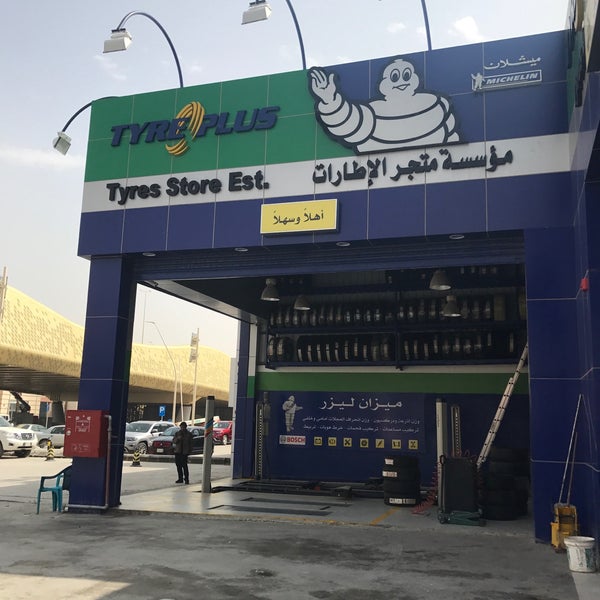
Under normal operating conditions of the wheel, most of the heat is removed from the tire by convection into the atmospheric air, and only about 15% by heat transfer to the dry pavement. The ratio between the heat removed to the air and the road depends on many factors. First of all, this ratio depends on the temperature difference between the surface of the tire and the road, as well as the amount of heat generated as a result of friction in contact.
Popular tire brands: Nokian, Michelin, Hankook.
What determines the temperature of the tire
1.
Fig. Fig. 1. Dependences of the temperature at the points of the cross section of the tire when it rolls along the drum at different constant speeds
Figure 1 shows that with an increase in speed, the temperature increases at some points of the cross section of the tire, and decreases at others. At high wheel speeds, the tire has a maximum temperature in section 1-3, located in the middle of the tread tread.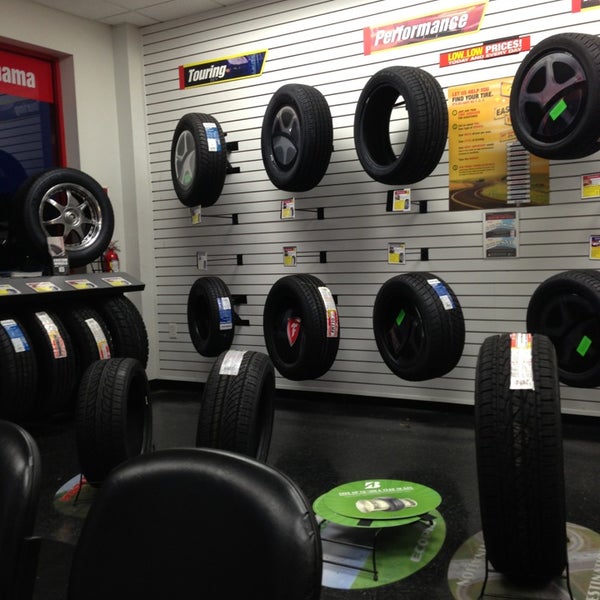 Therefore, the tire temperature is estimated either by the average temperature of the air in the tire or by the actual temperature at a given point in the tire profile. The latter is measured with conventional needle thermocouples, special thermistors and thermal imagers.
Therefore, the tire temperature is estimated either by the average temperature of the air in the tire or by the actual temperature at a given point in the tire profile. The latter is measured with conventional needle thermocouples, special thermistors and thermal imagers.
Tire temperature depends on tire size, ambient temperature, wheel load, air pressure and wheel rolling speed. The design of the tire, the tread pattern and the degree of its wear, the hysteresis and thermal characteristics of tire materials, and roughness also affect. It does not do without the influence of the evenness of the supporting surface of the road and the intensity of heat removal (air blowing, driving on a wet road, on snow and ice, etc.). The transient thermal state of the tire, in addition, depends on the rolling time in this mode.
Experiments and research
Experimental dependences of temperature at various points of the tube tire 8-15, on the time of rolling the wheel on the drum at a constant speed are shown in Figure 2. This figure shows that at a speed of 160 km/h the temperature in the shoulder the tread zone increases to 135°C, and the air temperature in the chamber is approximately 20°C lower. The rise in temperature lasts approximately 10 minutes, after which it becomes constant. Such an increase in temperature is due to the high rolling speed and the rapid acceleration of the drum to this speed.
This figure shows that at a speed of 160 km/h the temperature in the shoulder the tread zone increases to 135°C, and the air temperature in the chamber is approximately 20°C lower. The rise in temperature lasts approximately 10 minutes, after which it becomes constant. Such an increase in temperature is due to the high rolling speed and the rapid acceleration of the drum to this speed.
Fig. Fig. 2. Experimental dependence of the tire temperature on the wheel rolling time on the drum at a constant speed of 160 km/h, a load of 600 kgf, an air pressure of 1.7 kgf/m 2 and an ambient temperature of 38°C: 1 – tread temperature in the shoulder area tires; 2 - air temperature in the chamber
During operation, tires rarely reach such speed and temperature. Figure 3a shows the operational dependences of the maximum air temperature inside the tire (for tires 11-12) on speed at different ambient temperatures, with or without wind, and with different tire loads.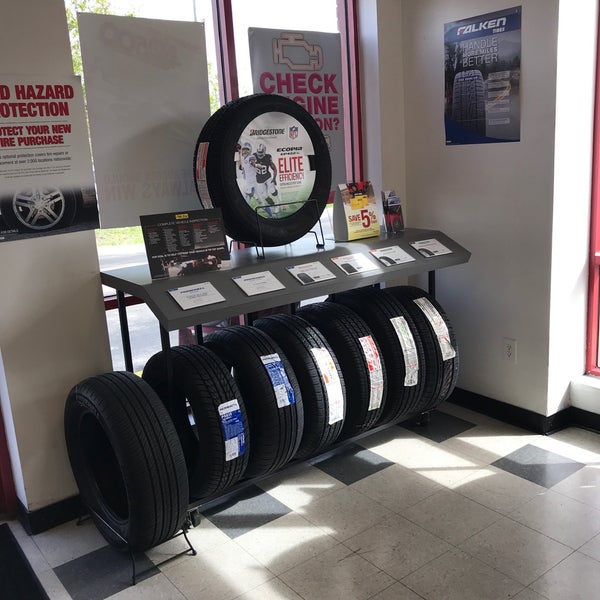
The experiments were carried out under laboratory conditions at a constant initial pressure and two values of normal load (2300 and 1840 kgf). The tests were carried out in the absence of tire blowing with air (curves 1 and 4), when the tire was blown, when the ambient temperature reached 25°С (curves 2 and 6) and 5°С (curves 3 and 6).
Fig. 3. Dependences of the maximum air temperature inside the tire (for tires 11-12) on the speed:
2 - the same, but with the wind; 3 - with wind, temperature 5ºС; 4 - without wind, G to = 1840 kgf, temperature 25ºС; 5 - the same with the wind; 6 - the same at a temperature of 5ºС;
b) - with different tire plies, where: 1 - with 14 layers of cord, 2 - with 12 layers, 3 - with 10 layers.
Conclusions
The following conclusions can be drawn from Figure 3a:
– at the same air pressure, a 20% reduction in the load on the wheel significantly reduces the temperature regime of the tire;
- lowering the ambient temperature even by 20°C slightly reduces the temperature of the air in the tire;
- the decrease in load has the greater effect on reducing the operating temperature of the tire, the higher the speed of the wheel;
- blowing the tire with wind has the greater effect on reducing its temperature, the more it is loaded.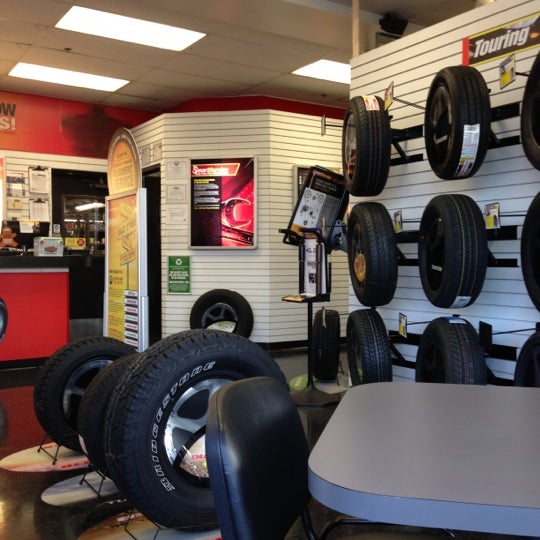
Figure 3b shows that the more cord layers a tire has, the higher the temperature of tire at the same tire rolling speed.
Thus, as the tire temperature rises, more and more heat is dissipated in the outside environment. After a certain time of the wheel movement at a constant speed, the tire acquires such a temperature distribution at which a balance is established between the influx of heat and its dissipation in the external environment. The highest temperature is usually observed in the breaker area in the middle of the tread and in the shoulder areas of the tire.
Temperature has a great influence on rolling resistance and tire life. An increase in tire temperature leads to a significant decrease in hysteresis losses in it. This is a positive factor in terms of reducing the resistance to movement. Dependences of the rolling resistance coefficient and the average temperature of the tire on the time it is run in at a constant speed are shown in Figure 4.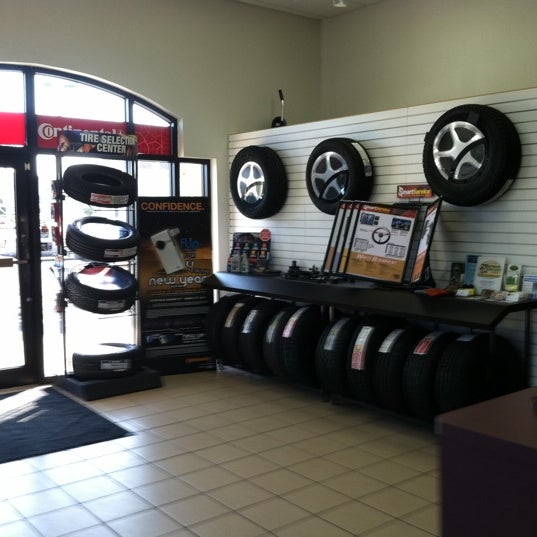
Fig. 4. Dependence of the coefficient of rolling resistance and the average temperature of the tire on the time of its running in at a constant speed, where: 1 – 10 km/h; 2 - 30 km / h; 3 - 60 km / h.
Data for fig. 4 obtained on a drum stand for a tire with a load of 1200 kgf and an air pressure of 5.75 kgf/cm 2 . The tests were carried out at three different speeds from 10 to 60 kilometers per hour. The figure shows that the coefficient of resistance to wheel movement decreases with increasing tire temperature, the more intense, the greater the speed of the car.
An increase in temperature results in a decrease in the strength of rubber and cord. When the temperature rises from zero to 100°C, the strength of the nylon cord decreases by about 20%, and the strength of the rubber and its connection with the cord decreases by about 2 times. Therefore, the choice of the optimal temperature, which provides low resistance to wheel movement and high tire life, must be given serious attention.
Temperature is considered dangerous when the process of vulcanization and devulcanization of rubber occurs at it, i.e. a sharp change in the mechanical properties of rubber and cord. In a rolling tire, a temperature of 100 o C is allowed. Starting from a critical temperature, tire damage is possible, especially if the temperature is kept for a long time.
At elevated temperatures, fatigue phenomena appear, which are due to the appearance and development of microdefects on the surface of the nylon cord threads. A decrease in the strength of rubber and cord with an increase in temperature leads to delamination of the tread, delamination and rupture of the carcass in places with the highest temperature. Therefore, the tire must not be allowed to heat up above 100 o C.
Gudkov V.A., Ryabov I.M., Gudkov D.V., Malinin N.N., Volgograd State Technical University
Mamakurbanov M.M., Ustarov R.M., Makhachkala branch of MADI
Journal: Tire Plus
Get directions now
Click on the bus route to see step-by-step instructions with maps, arrival times and updated schedules.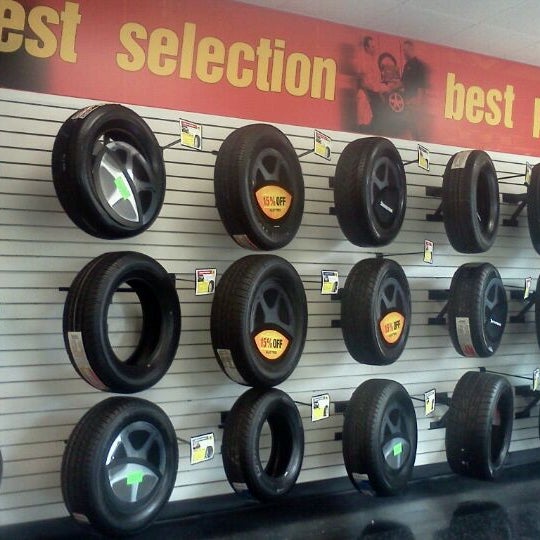
FAQ
The closest stations to Sheena Plus are:
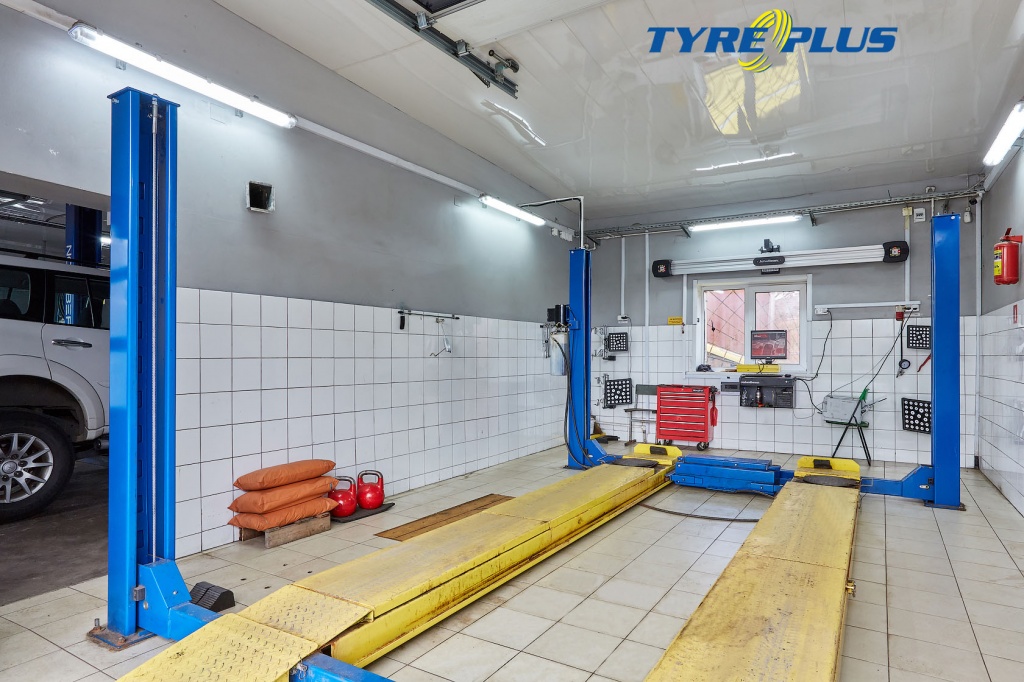
These Bus lines stop near Bus Plus: 101, 12A, 146, 16A.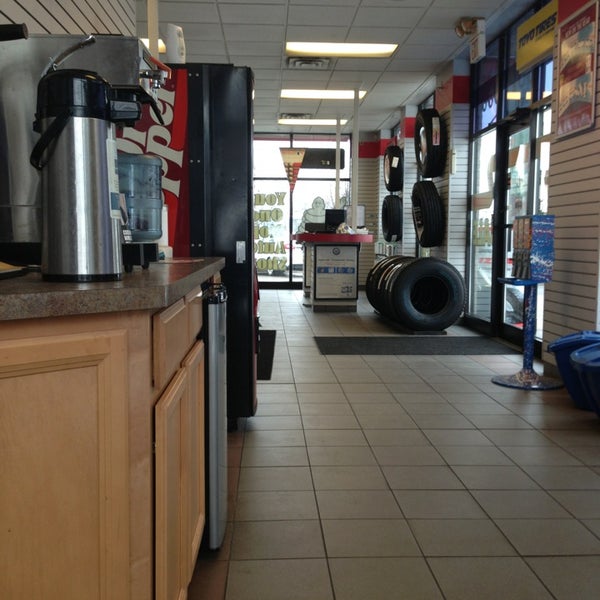
These Trolleybus lines stop near Sheena Plus: 15.
detailed information The nearest tram station near Bus Plus in Mariupol'S'Ka is 7 minutes walk.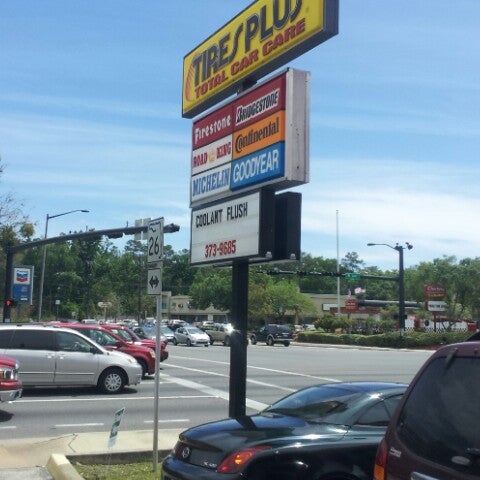
Prospekt Stroiteley (Prospekt Budivelnykiv) station is closest to Bus Plus in Mariupol'S'Ka.
detailed information The nearest bus stop near Bus Plus in Mariupol'S'Ka is 8 min walk.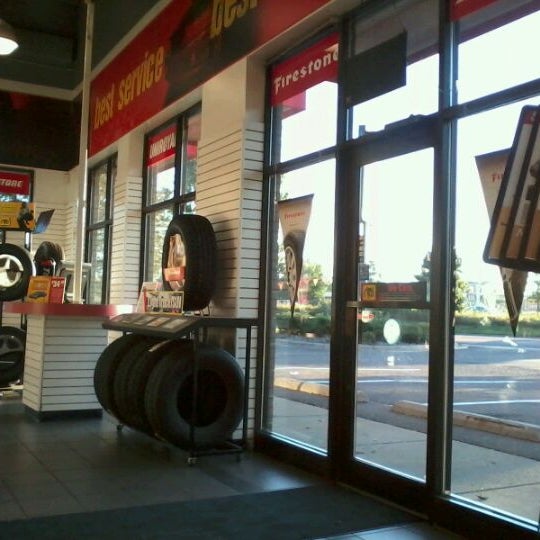
Tsmr 17-18 and Shevchenko Boulevard (Shevchenko Boulevard) are the nearest bus stops to Bus Plus in Mariupol'S'Ka.
detailed information The nearest trolleybus station near Bus Plus in Mariupol'S'Ka is 3 minutes walk.